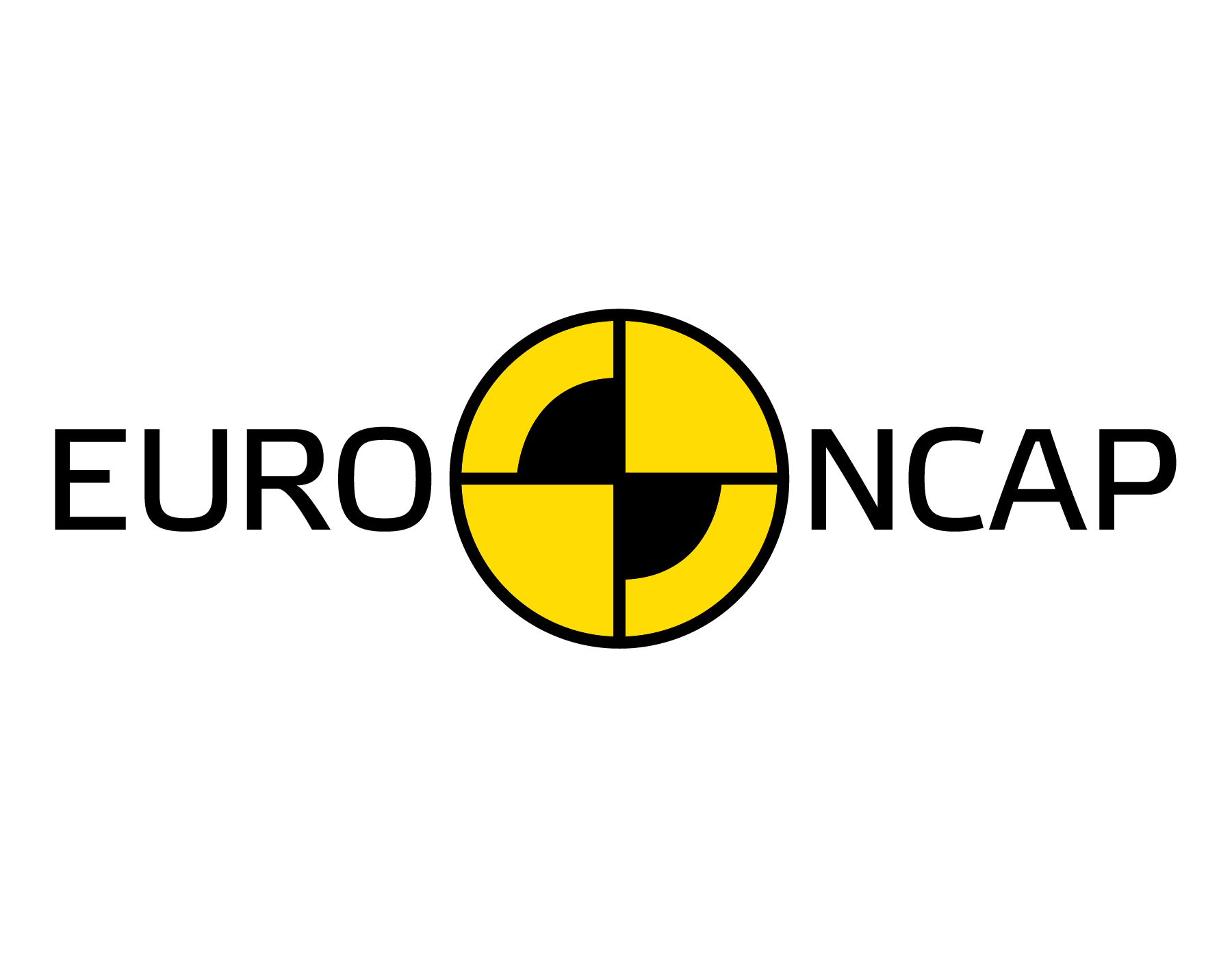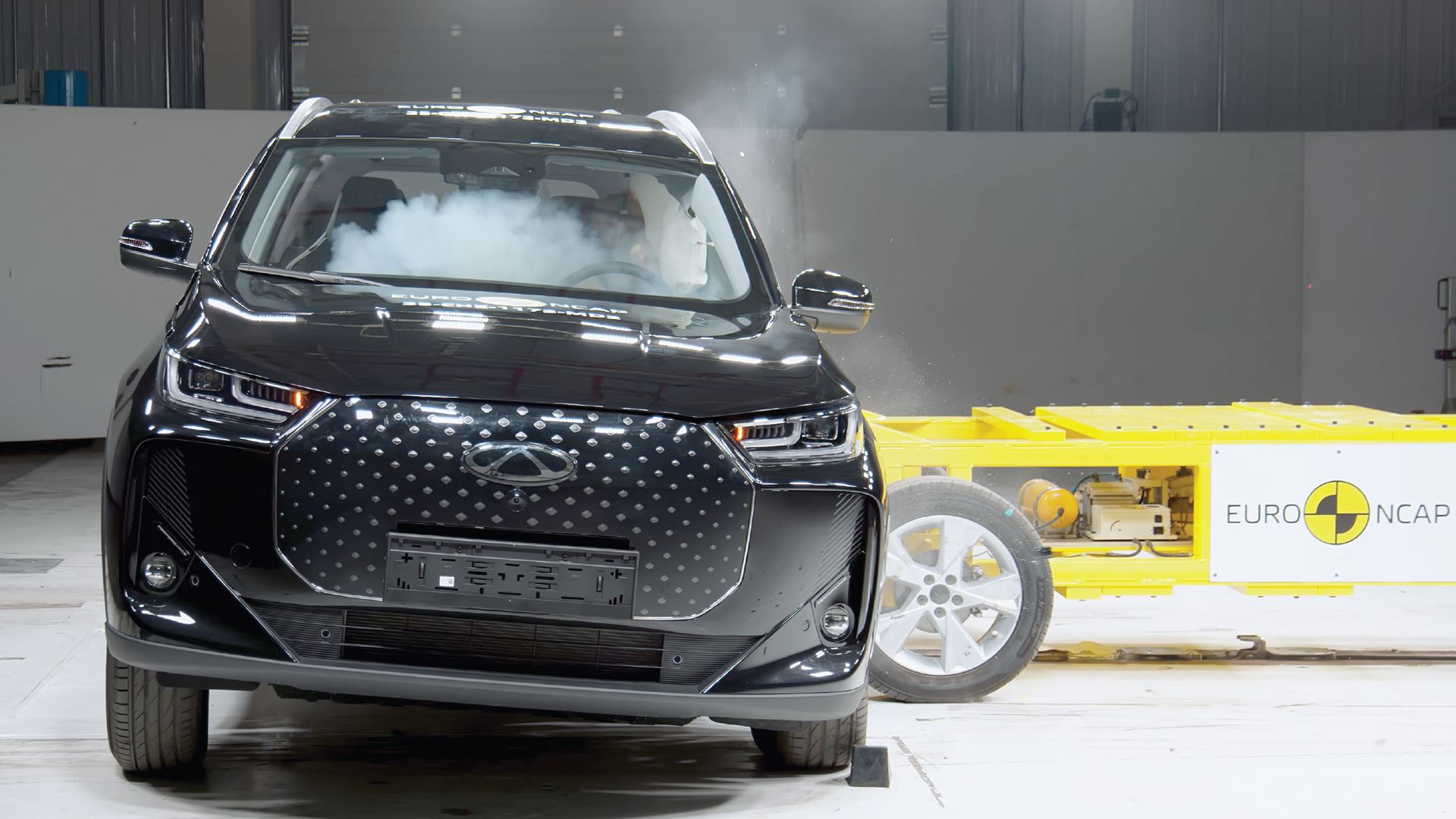LEUVEN, BELGIUM – Since publishing its first crash test results in 1997, Euro NCAP has played a crucial role in improving the safety of new cars, giving consumers clear, independent guidance on which models offer the best protection.
That role continues to this day, with more new cars than ever being assessed in 2025. Along the way, the range of testing has become more comprehensive, and how those tests are scored has become more challenging, to make sure the next generation of cars better protect their occupants and other road users.
This continual raising of safety standards is reflected in the latest set of test results. Euro NCAP’s exhaustive process has revealed flaws in family cars that would otherwise remain hidden until the event of an accident.
The new TIGGO 7 and TIGGO 8 models are from the Chinese carmaker CHERY. The pair are competitively priced, well-equipped mid-size SUVs that are being launched in markets across Europe, bringing increased competition for consumers.
However, during Euro NCAP tests of the TIGGO 7, the results of which are shared with the three-row TIGGO 8, a flaw was uncovered with the curtain airbag, which runs along the side of the window area and is designed to protect occupants from striking their head and abdomen with the side of the vehicle in the event of a side impact.
It was found that the curtain airbag of the TIGGO 7 did not deploy correctly, reducing its ability to protect the head of a child in the back seats. The cause of the fault was identified, and CHERY was given an opportunity to address the installation of this critical component, but after this was done and Euro NCAP’s experts performed a retest, the curtain airbag failed to perform any better, this time becoming unclipped from the cant rail. These two consecutive incorrect airbag deployments have raised robustness concerns, and Euro NCAP has asked CHERY to reevaluate the system's design.
It led to the TIGGO 7 and TIGGO 8 losing points from the overall score, missing out on a five-star rating, and dropping to four.
Meanwhile, as choice across the electric car market continues to expand, Hyundai’s new INSTER will be welcomed by all those who want a small, stylish and affordable electric car. But during tests, Euro NCAP’s experts recorded an issue with the driver’s door.
In the side-impact barrier test, the driver’s door was found to be unlatched after the test, meaning it could potentially open and compromise the safety of those in the cabin. The INSTER emerges with a creditable four-star rating, yet with some room for improvement.
One car that was returned for assessment during the latest round of tests was the Ford Tourneo Courier. Aimed at families who need a practical car, the multi-purpose vehicle (MPV) was originally tested in 2024. Back then, during the full-width rigid barrier test, protection of the rear passenger’s head was rated as poor, based on dummy readings showing deceleration, and the Tourneo Courier failed to score points for this test, leaving it with a three-star rating. Ford has since improved the restraint system for rear passengers, and the Tourneo Courier has now been upgraded to a four-star rating.
These test results show how it remains an ongoing challenge for car makers to achieve a five-star result. And they serve as a reminder that without an organisation like Euro NCAP conducting independent tests of new vehicles, consumers across Europe wouldn’t have a trusted source to turn to when comparing the safety of their next car.
Proving how that challenge can be met, however, five new models put in a strong performance, and all achieved a five-star rating.
These were the Polestar 4, an electric coupe-SUV; the Lynk & Co 02, a crossover SUV; the OMODA 9, a mid-range SUV; the ZEEKR 7X, a small SUV; and the MG P9 EV, an electric pick-up truck.
Each of these models performed well in testing, but in terms of protecting passengers in the event of an impact it was the Polestar 4 that impressed most, with an adult occupant protection score of 92 per cent that edged ahead of the MG P9 and ZEEKR 7X at 91 per cent and the Lynk & Co 02 and OMODA 9, at 90 per cent.
However, when it comes to helping drivers avoid an accident in the first place, the car with the most capable suite of electronic driver assistance systems was Lynk & Co’s 02. Its 89 per cent score was comfortably ahead of the next nearest models – the MG P9 and ZEEKR 7X, which scored 83 per cent.
Since Euro NCAP began its work in 1997, car manufacturers have dramatically improved the safety of their products. But after the Covid-19 pandemic, and then the switch to electric cars, the economic conditions faced by the automotive industry have been challenging and remain tough.
Yet, the reduction of accidents and injuries on Europe’s roads remains a pressing issue for the industry, and safety still has a significant influence on consumers when choosing their next car. We know that it is a challenge to achieve a five-star Euro NCAP rating for a new car, but it remains a challenge worth meeting as the benefits go so much further than protecting those inside the vehicle. Safer cars also help protect other road users and can reduce the burden on nations’ emergency responders and health services.Aled Williams, Programme Director, Euro NCAP
Euro NCAP test results overview
Make & Model | Euro NCAP Star Rating | Adult Occupant | Child Occupant | Vulnerable Road Users | Safety Assist |
CHERY TIGGO 7 & 8 (2025) | 4 stars | 80% | 77% | 80% | 78% |
Ford Puma Gen-E (2022) | 4 stars | 75% | 84% | 70% | 69% |
Ford Tourneo Courier & E-Tourneo Courier (2025) | 4 stars | 85% | 78% | 78% | 66% |
Hyundai INSTER (2025) | 4 stars | 70% | 81% | 70% | 67% |
Lynk & Co 02 (2025) | 5 stars | 90% | 87% | 83% | 89% |
MG P9 EV (2025) | 5 stars | 91% | 85% | 84% | 83% |
OMODA 9 (2025) | 5 stars | 90% | 85% | 81% | 80% |
Polestar 4 (2025) | 5 stars | 92% | 85% | 81% | 79% |
ZEEKR 7X (2025) | 5 stars | 91% | 90% | 78% | 83% |

